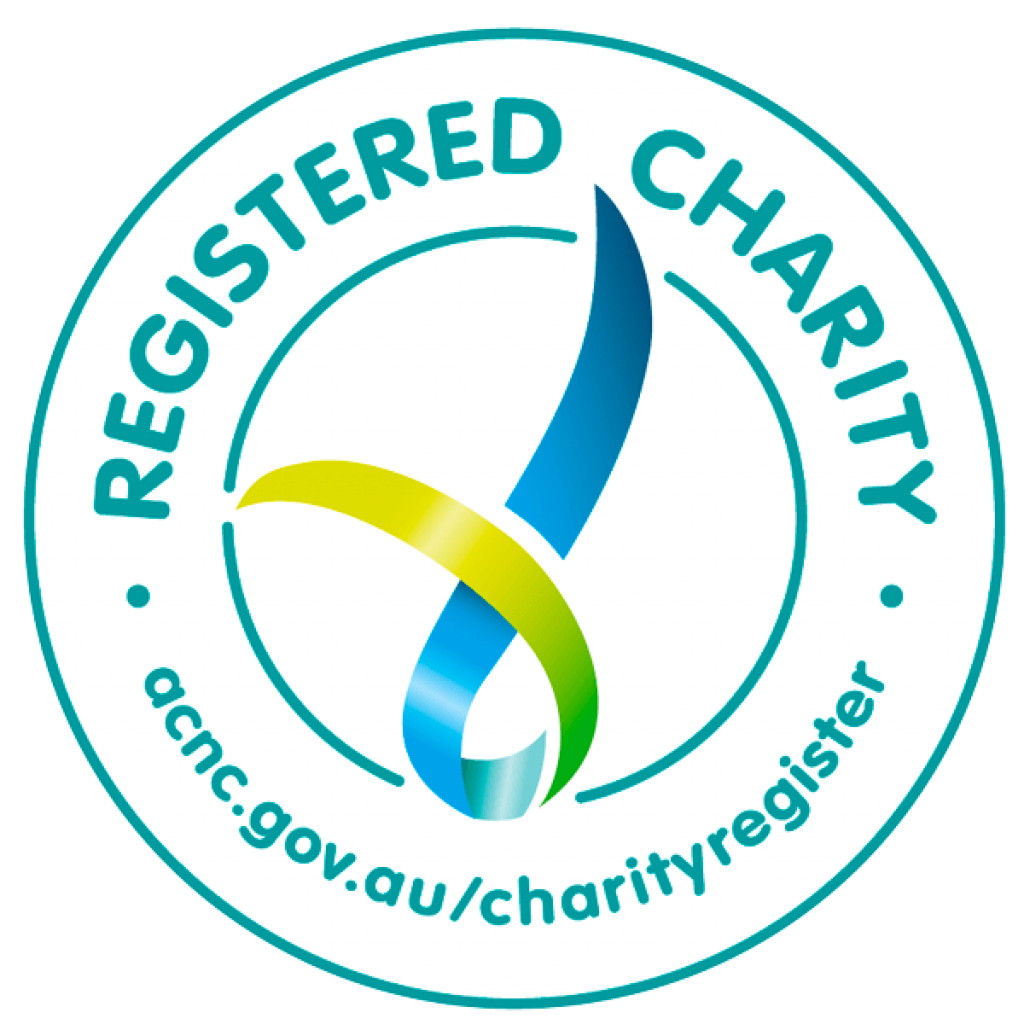Autologous hematopoietic stem cell transplant (AHSCT) for MS has gained increasing interest in recent years from the MS community. This has happened even while there has been an increase in the number of new highly effective disease-modifying therapies. So, what role does AHSCT play in the arsenal against MS? Is it the answer? Here are some of the most common questions about AHSCT.
What is AHSCT?
AHSCT, also known as stem cell transplantation or bone marrow transplant, can be used for the treatment of MS. Similar to the chemotherapy treatment used to treat blood cancers, AHSCT is used to kill off the immune cells in the body before reintroducing the patient’s own (autologous) blood stem cells to rebuild the immune system. Blood stem cells, known as hematopoietic stem cells, are a type of adult stem cell found in the blood and bone marrow, and can generate new blood and immune cells.
The procedure involves:
- Pre-treatment to release bone marrow stem cells into the blood
- Collecting or ‘harvesting’ the autologous hematopoietic stem cells (AHSCs) from the blood of the patient
- Freezing (cryopreserving) the AHSCs in the laboratory until they are required
- Administering chemotherapy to kill the patient’s current immune system (conditioning)
- Returning the thawed AHSCs to the patient by infusion into the veins, in an attempt to repopulate the immune system
High intensity supportive medical treatment is provided during and immediately after the transplant when there is a high risk of infection and bleeding disorders due to the intense immune suppression.
How does AHSCT work in MS?
In MS, the immune system mistakenly attacks the brain and spinal cord. The aim of AHSCT for MS is to ‘re-boot’ the immune system so that the “self-reactive” immune cells that are attacking the nervous system are removed and replaced with the regenerated immune system. This rebooted immune system is thought to be more ‘self-tolerant’ and less likely to continue attacking the body.
Does AHSCT regenerate nerves in the brain and spinal cord?
There is no evidence to suggest that AHSCT can repair nerve fibres and international studies suggest that it is also unlikely that there will be reversal of more longstanding disability following AHSCT. In AHSCT, it is hoped that the regenerated immune system is less likely to attack the brain and spinal cord, but this does not contribute to repairing the damaged nerves.
Some people with MS may experience some reversal of disability following AHSCT, however, this is thought to be primarily as a result of normal repair of myelin around intact nerves that can occur once the inflammatory attack in the brain and spinal cord is suppressed.
Other types of stem cells may hold potential to grow or repair tissue in areas of the brain and spinal cord that have been damaged or destroyed. However, the use of these other types of stem cells in MS is still in the early stages of research, and has not yet been shown as an effective treatment for people with MS. Some private clinics are offering forms of stem cell therapy for MS and other diseases which claim to successfully regrow damaged tissue using stem cells derived from fat tissue. However clinical data on these therapies are currently lacking.
Who is AHSCT suitable for?
Australian hospitals and doctors are likely to recommend AHSCT as a possible treatment only if the other approved MS therapies are not working for an individual with MS or cannot be used in an individual for other reasons. The international studies to date also suggest that AHSCT isn’t likely to halt or reverse progressive forms of the disease, and it is therefore unlikely that AHSCT would be recommended as a treatment for patients with secondary progressive or primary progressive MS.
Each person’s situation is unique, and individuals should consult their neurologist to consider the potential benefits, risks and side effects for their circumstances before making a decision.
Where is AHSCT available in Australia for MS?
Currently, the treatment is provided in Australia through three observational clinical trials, at St Vincent’s, Sydney, Austin Health, Melbourne and The Alfred, Melbourne and by a small number of other centres on a case by case basis. These centres have strict eligibility requirements that have been set by the hospital ethics committees and may only apply to a limited number of patients with MS. It is for this reason patients need to be referred to these centres by a neurologist, who can provide a detailed clinical history and magnetic resonance imaging (MRI) findings.
What AHSCT research is MS Research Australia funding?
MS Research Australia has had a long involvement in funding various aspects of AHSCT research. Recently, MS Research Australia formed a 5-year strategic partnership with the St Vincent’s Curran Foundation to accelerate research and the delivery of cellular therapies such as AHSCT to people with MS (amongst other diseases).
Additionally, MS Research Australia actively supports individual Australian research projects in AHSCT. Currently we are funding projects at St Vincent’s Hospital by Dr Jennifer Massey, including one examining how immune cells that cause inflammation in the brain are altered by the treatment. She is also investigating whether immune cell markers can be used to predict who will have the most long-term benefit.
MS Research Australia (with the support of the MS WA) has been funding the Australian MS AHSCT Registry since 2012, and is working with haematologists and neurologists to gather and analyse further data on Australians with MS treated with this procedure. As an experimental treatment, it is critical that we gather data on the safety and effectiveness of AHSCT for people with MS.
Another important question that is yet to be definitively answered is how AHSCT compares with the new generation, highly effective therapies available for relapsing MS. Associate Professor Tomas Kalincik is analysing data gathered through the world’s largest MS clinical database, MSBase, as well as other international clinical registers to compare clinical outcomes of people treated with ASHCT with those treated with natalizumab, alemtuzumab, fingolimod or mitoxantrone. This will help build a more complete picture of the outcomes of AHSCT.
For further information, including Frequently Asked Questions, please visit our AHSCT page.




